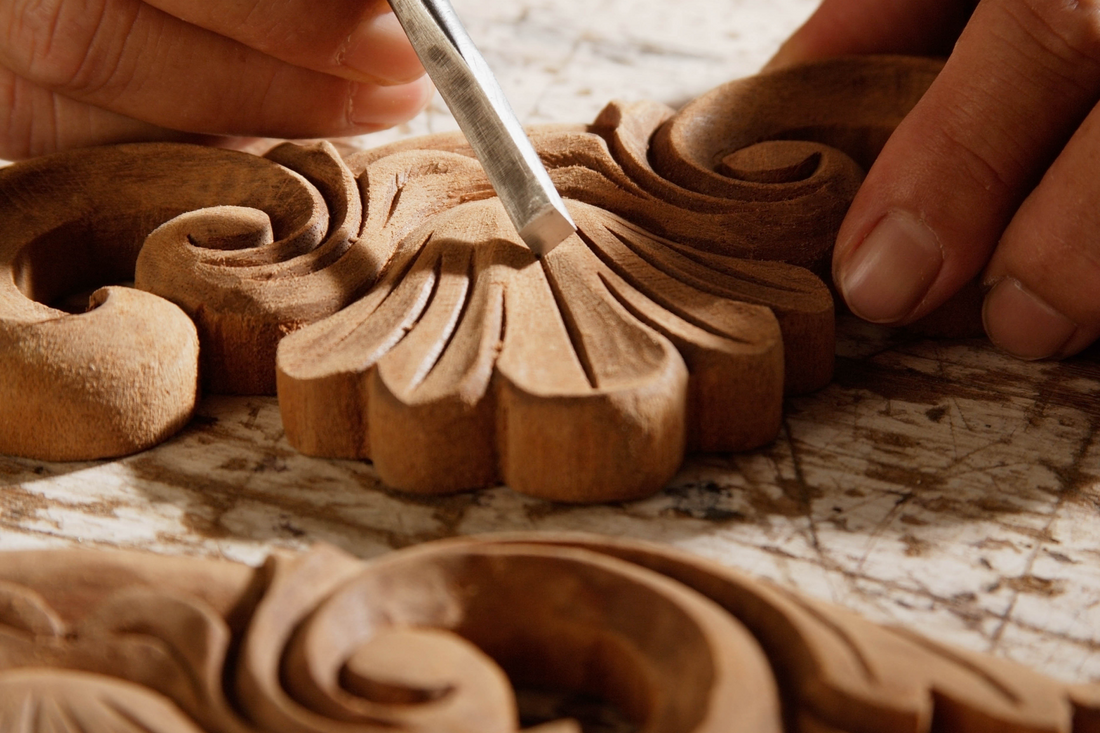
The Evolution of Craftsmanship: From Traditional Techniques to Modern Trends in Home Décor
Share
Craftsmanship has always been a cornerstone of human creativity, reflecting the cultural, historical, and aesthetic values of its time. As we transition from traditional techniques to modern trends, the essence of craftsmanship continues to evolve, especially in the realm of home décor. This evolution is more than just a shift in styles—it signifies a deeper appreciation for handmade products and the unique stories they carry.
The Roots of Craftsmanship: A Historical Overview
Traditional craftsmanship dates back thousands of years, is rooted in cultural traditions, and is passed down through generations. Techniques such as woodworking, pottery, and weaving were essential skills, honed to create everyday items.
From Function to Art: The Renaissance of Handmade Products
With industrialization, mass production overshadowed handmade products. However, there was a revival during the Arts and Crafts Movement, which emphasized the importance of traditional craftsmanship and the beauty of handmade items.
The Impact of Technology on Modern Craftsmanship
The advent of technology has transformed craftsmanship, introducing digital tools and materials that were previously inaccessible. These advancements have allowed artisans to experiment with new forms and techniques while maintaining the integrity of their craft.
Modern Trends in Home Décor: Blending the Old with the New
Today's home décor trends reflect a blend of traditional craftsmanship with modern aesthetics. Concepts like minimalism and sustainability are influencing how handmade products are designed, produced, and appreciated.
Sustainability and Ethical Craftsmanship
Consumers are increasingly conscious of the environmental and social impacts of their purchases. This has led to a resurgence in demand for handmade products that are sustainably and ethically crafted.
The Influence of Globalization on Craftsmanship
Globalization has exposed artisans to a wider audience, fostering cross-cultural exchanges. This has led to innovative designs that blend traditional techniques from various cultures with contemporary styles.
The Role of Social Media in Promoting Modern Craftsmanship
Platforms like Instagram and Pinterest have become vital in showcasing handmade products, allowing artisans to connect with a global audience and promote their craft.
The Future of Craftsmanship in Home Décor
As we look ahead, the fusion of traditional craftsmanship and modern trends will likely continue to shape the future of home décor. The emphasis on sustainability, personalization, and cultural heritage will remain at the forefront of design.
Celebrating the Legacy of Craftsmanship
The evolution of craftsmanship is a testament to human ingenuity and creativity. By embracing both traditional techniques and modern trends, we not only preserve the legacy of handmade products but also pave the way for future innovations in home décor. Whether it's a hand-carved wooden table or a digitally crafted ceramic vase, each piece tells a unique story of its maker and their journey through the ever-changing landscape of craftsmanship.
Explore our collection of handmade products that embody the perfect blend of traditional techniques and modern trends here.
Related Articles:
- Exploring Local Art Exhibits in Los Angeles for Home Décor Inspiration
- Meet the Makers: Stories of Artisans Behind The Mindful Market
Tags: Craftsmanship, Handmade Products, Home Décor, Traditional Techniques, Modern Trends, The Evolution of Craftsmanship, modern trends in home décor, craftsmanship history, sustainable craftsmanship, ethical craftsmanship.
Reading Time: 2.81 mins.
